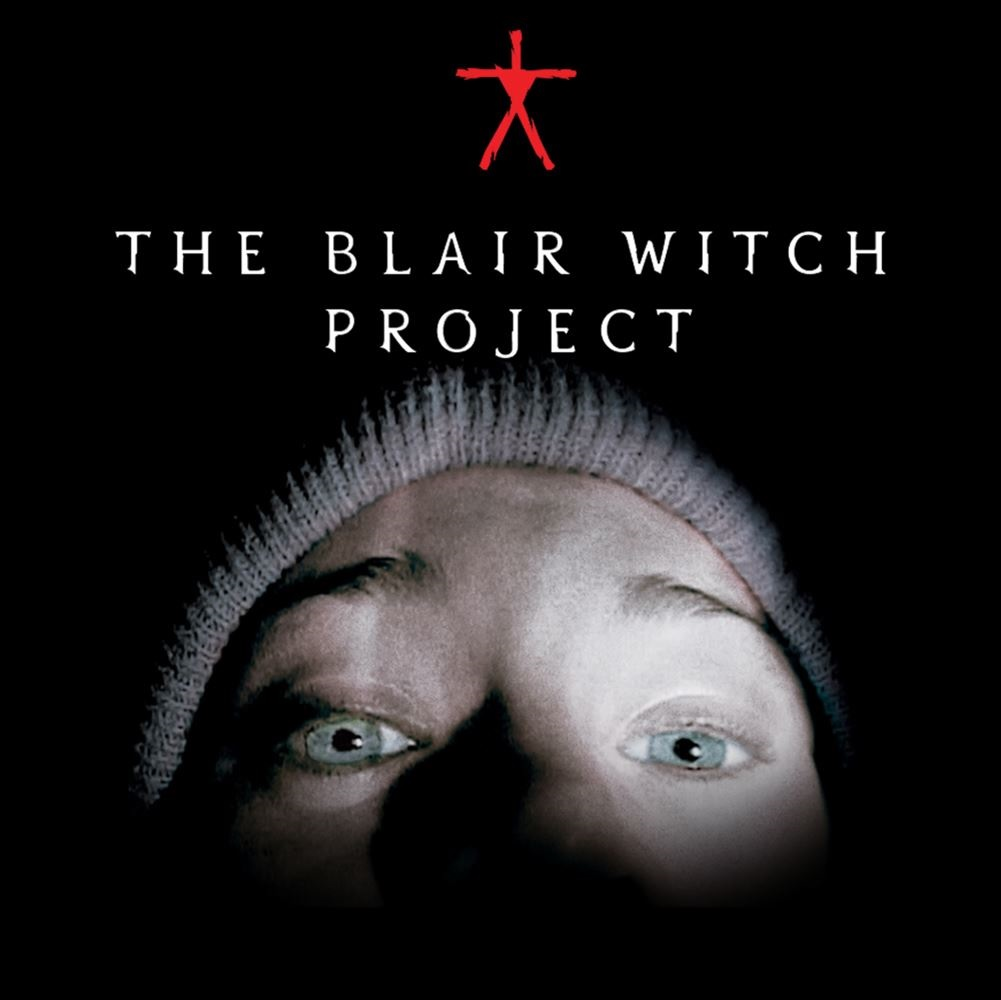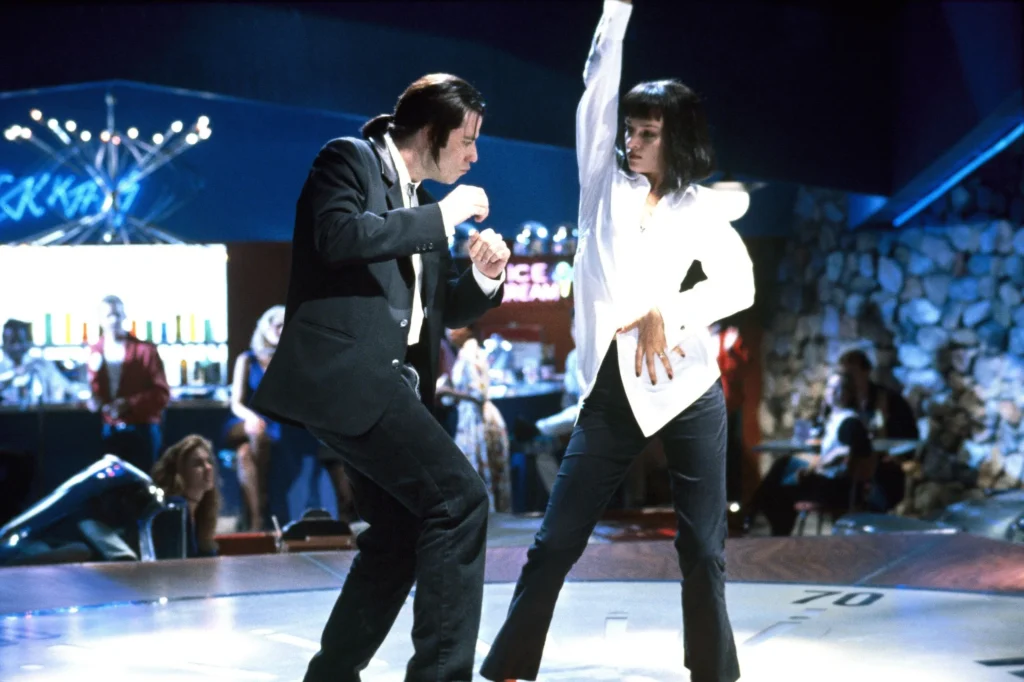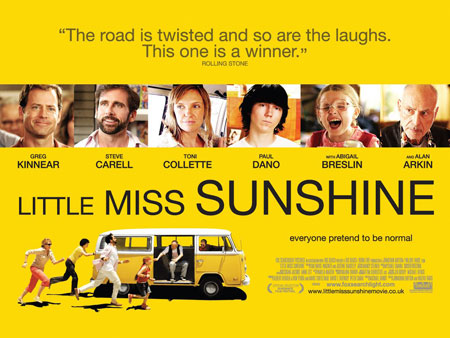The independent film scene is an ever-evolving tapestry of creativity and innovation. Indie filmmaking is about freedom – the liberty to tell stories that are unique, personal, and often groundbreaking, without the constraints of major studio systems. In this guide, we delve into the world of indie film, offering insights and advice for both aspiring filmmakers and cinephiles curious about this vital sector of the movie industry.
 Pin
Pin Image Credit: Freepik.com
Table of Contents
Introduction
In the dim corners of little-known theaters and the soft glow of screens at film festivals, lies a realm where cinema breathes a different air – the world of indie films. By its very etymology, ‘indie’ whispers tales of unconventional birth. Independent from the titanic entities that dictate the tempo of mainstream reels, indie films are the wildflowers in a field of perfectly manicured roses.
The essence of indie films is stitched into their very definition; it lies in their heritage of autonomy. Far from the glimmering lights of Hollywood, where towering studios loom over production, narratives, and artistic choices, indie films are born in quieter, more intimate spaces. In these enclaves, creativity is not a commodity traded for mass appeal but rather a canvas stretched out in front of a bold painter, free to lay out his inner vision unfiltered.
A feature film or a short with no allegiance to the strapping financial and editorial control of industry giants. This is the indie promise – a birth outside the fortified walls of major film studios. Independent producers and visionary directors find sanctuary in this liberty, avoiding the commercial machinery that often sands down the rough, poignant edges of a powerful story for broader consumption.
But what truly is at the heart of an indie film? It’s the pulse of artistic freedom, the ability to explore topics and narratives that may not draw blockbuster crowds but will touch the hearts or ignite the minds of those who come across them. From gritty documentaries to avant-garde narratives, indie films delve into subjects that the cosseted circles of mainstream media touch with gloves of caution, if at all.
An indie film might tell the story of a lost village, its culture weaving through every frame without the need to sensationalize or romanticize for selling tickets. Or, it could present a character study, so intricate and raw, that one feels like an intruder into the psyche of another human. These films can afford to be bold, unapologetic, as they are not chained to the calculative eyes of studio marketers.
In their journey to the audience, indie films often traverse the road less taken – they find homes in independent theaters or become the soul of film festivals that champion the voices of those muffled under the drumbeats of mainstream releases. Yet, in this rarity and quietude, they find their strength: word of mouth becomes their trumpet, and appreciation for their craft spread like folklore.
Behind each indie film, there’s a tale worth its own screenplay – of funding campaigns fueled by passionate pitches, of casts and crews coming together in a joint pilgrimage for storytelling, of late nights stitching together scenes that couldn’t afford another take. These stories are testaments to what indie films stand for – not just the end result but the journey of creation unburdened by the weight of external expectations.
The essence of indie films, thus, is not simply in their independence from the major studios, but in their embodiment of a freer cinema, one that upholds the power of narrative over the allure of capital. In the landscape of moving pictures, they are the quiet revolution that doesn’t clamor for attention but instead garners it, one deeply moved audience at a time. This is the indie film – a testament to when cinema is left untamed and unadorned, allowing it to dance to the intricate tunes of pure storytelling.
Understanding Indie Filmmaking
Indie films are typically produced outside the major film studio system, by independent entertainment companies or individual filmmakers. These productions are usually realized with lower budgets, giving filmmakers more control over their projects. The indie filmmaking ethos is rooted in a passion for storytelling and the desire to explore narratives that may not be considered commercially viable by large studios.
Reel Revolution: Mavericks and the Dawn of Independent Cinema
In the early vignettes of cinematic history, the landscape was dominated by towering titans – the motion picture patents company and the Hollywood big five studios. These leviathans of the silver screen wielded an iron-like grip over the entire film ecosystem, from the birthing cradle of production to the distribution highways, down to the theater seats where audiences sat in awe. With a monopoly so pervasive, creatives found themselves shackled, their artistic visions imprisoned behind the bars of commercial mandates and homogeneity.
Enter the mavericks of the movie world, the indie filmmakers. With dreams too big for the confinement of studio blueprints, they kindled a quiet uprising. Determined to tell stories woven with the threads of personal passion and cultural veracity, these cinematographic rebels endeavored to carve out a realm free from the authoritative shadow of the industry giants.
Like a breath of fresh air across a stifling landscape, the independent film movement arose, sparked by the yearning for creative liberation. It was more than a mere exodus from the established order; it was a revolt, a noble charge against the cinematic norms. In scrappy backlots and through shoestring budgets, a different kind of cinematic voice began to speak, one that resonated with honesty and raw, unpolished authenticity.
Indeed, the inception of indie films was not just another chapter in the annals of movie-making. It was a renaissance of the reel, a declaration that from that point forth, cinema would not merely be dictated by the whims of conglomerates but instead be a medium where the independent spirit could soar, unfettered and true.
Indie Film Firmament: The Dazzling Luminaries of Offbeat Cinema
1. The Blair Witch Project
- Revolutionized horror with found footage technique.
- Merged fiction with reality, creating an immersive experience.
- Despite modest budget, had profound cultural influence.
- Secured a cult classic status and reshaped the found-footage genre.
 Pin
Pin 2. My Big Fat Greek Wedding
- A romantic comedy that won global affection.
- Celebrated cultural uniqueness with genuine storytelling.
- Proved indie films could achieve mainstream success.
- Maintained the personal touch of independent film’s essence.
 Pin
Pin 3. Pulp Fiction
- Quentin Tarantino’s masterpiece that transformed the ’90s movie scene.
- Introduced non-linear storytelling with sharp dialogue.
- Wove multiple storylines into a cohesive, impactful narrative.
- Served as both an indie icon and a catalyst for cinematic innovation.
 Pin
Pin 4. Moonlight
- Challenged norms with a poignant story of gay African American life.
- Utilized a triptych narrative to explore different stages of a man’s life.
- Achieved critical acclaim and won the Best Picture Oscar, indicating indie films’ potency.
- Demonstrated the power of intimate, character-driven storytelling.
 Pin
Pin 5. Little Miss Sunshine
- Mixed dark comedy with deep emotional undertones.
- Focused on a dysfunctional family’s road trip, redefining family dynamics on screen.
- Garnered widespread acclaim for performances and script.
- Balanced a small-scale production with universally relatable themes.
 Pin
Pin 6. Whiplash
- Explored the psyche of an ambitious jazz drummer and his relentless instructor.
- Combined intense character drama with electrifying music sequences.
- Represented the fine line between passion and obsession.
- Garnered critical success and multiple Academy Awards, underscoring the high caliber of indie filmmaking.
 Pin
Pin 7. Boyhood
- Filmed incrementally over 12 years, capturing the essence of growing up.
- Innovated the use of time in cinema, creating a unique cinematic experience.
- Solidified Richard Linklater’s status as an indie film visionary.
- Blended real life and fiction, developing a new level of authenticity.
 Pin
Pin These films, exhibit the diversity and ambition often found in indie cinema, where storytelling takes precedence and filmmakers push boundaries to provide fresh, evocative, and personal cinematic experiences.
Indie Spotlight: The Journey of Film Festivals from Sundance to Toronto
Envision a realm where indie films beam with luminosity, from Sundance’s high-altitude escapes to the bustling cityscape of the Toronto International Film Festival.
In these cinematic havens, burgeoning filmmakers unfurl their dreams on the silver screen, offering a kaleidoscope of fresh perspectives to an audience yearning for diversity.
This enchanting film festival circuit is the centrifuge of indie film vitality, a crucial beacon casting the glow of independent artistry far and wide.
Democratizing the Reel: The Rise of Accessible Indie Filmmaking in the Digital Era
The modern age has dramatically transformed the landscape for indie filmmakers. Here’s a concise exploration of the factors making indie film production increasingly accessible:
- Digital Technology: High-quality cameras and editing software have become more affordable and user-friendly. Filmmakers can now create professional-level work with equipment that’s within reach for many, from DSLRs to smartphones.
- Training and Education: There’s an abundance of online resources for learning filmmaking. From tutorials on YouTube to courses on platforms like MasterClass, newcomers can develop their skills without traditional film school expenses.
- Funding Platforms: Crowdfunding websites such as Kickstarter and Indiegogo enable filmmakers to raise funds directly from audiences who are interested in the type of content being produced.
- Distribution: Streaming services and digital platforms like Netflix, Amazon Prime, and Vimeo provide indie films with a global audience, bypassing the traditionally restrictive distribution channels.
- Social Media Marketing: Platforms like Instagram, Twitter, and Facebook offer powerful tools for promotion and community building, even on a shoestring budget.
The result is an indie scene that’s more democratic and diverse than ever, empowered to tell a wider range of stories that might otherwise have remained untold.
Getting Started in Indie Film
For those looking to break into indie filmmaking, understanding the basics is key:
- Concept Development: Begin with a compelling story. Whether it’s a script you’ve written or an adaptation, the story is the cornerstone of any successful film.
- Budgeting: Indie films often require innovative budgeting solutions. Crowdfunding, grants, and angel investors are common funding sources.
- Pre-Production: This phase includes casting, location scouting, and scheduling. Resourcefulness is vital, as indie filmmakers must often do more with less.
- Production: Shooting the film can be challenging. Indie filmmakers must be adept at problem-solving and flexible to adapt to daily shooting realities.
- Post-Production: Editing, sound mixing, and color grading all happen here. Indie films may have longer post-production phases due to budget constraints.
- Distribution: With multiple platforms available, from film festivals to streaming services, there are many avenues to get indie films in front of audiences.
Why Indie Films Matter?
Indie films are critical for the diversity they bring to storytelling. These projects often tackle subjects considered too niche or risky for mainstream cinema. They offer fresh perspectives and foster new talent, both in front and behind the camera.
The Challenges of Indie Filmmaking
Financing remains the biggest hurdle. Without the backing of a major studio, funding can be elusive. Additionally, marketing an indie film can be as challenging as making it. Indie filmmakers must be savvy in using social media, networking, and film festivals to build hype and attract an audience.
Conclusion
The world of indie filmmaking is rich with potential, offering a platform for bold voices and innovative narratives. While it comes with a unique set of challenges, the indie film community continues to thrive, powered by passion and creativity. For filmmakers and audiences alike, indie films are a window into the endless possibilities of cinema beyond the mainstream.
FAQs on "Indie Film Making"
Independent filmmaking refers to creating films outside the major film studio system, often with lower budgets and more creative control. These films are typically produced with private financing or crowdfunding.
Yes, you can make an indie film with a smartphone. Many high-quality smartphones have cameras suitable for filming, and there are a variety of accessories and apps available to help enhance production value.
Indie films can be funded through personal finances, grants, crowdfunding platforms like Kickstarter or Indiegogo, private investors, or sponsorships. Each method comes with its own set of challenges and benefits.
No, a degree isn’t a necessity. Many resources are available online for self-education, including tutorials, forums, and online courses. However, formal education can provide valuable networks and structured learning.
Distribution options for indie films include film festivals, online streaming platforms (like Netflix, Amazon Prime Video, and Vimeo), limited theatrical releases, and even self-distribution through a film’s website or social media.
Marketing is crucial. Utilizing social media, creating engaging trailers, and reaching out to film bloggers and critics can increase your film’s visibility. Audience engagement pre and post-launch can significantly affect your film’s success.
Common challenges include securing funding, managing a limited budget, distribution hurdles, marketing effectively with limited resources, and sometimes, a lack of industry connections.
Research festivals that suit your film’s genre and style, ensure your film meets submission criteria, prepare a press kit, and be mindful of deadlines. Networking and relationship-building within the festival circuits can also be beneficial.
Yes, though it’s not easy. A combination of strategic marketing, festival exposure, distribution deals, and ancillary markets can lead to profitability. However, indie filmmaking is often more about passion than profit.
A producer in indie filmmaking oversees the project’s logistics, financing, production timeline, and distribution strategy. They are pivotal in turning the vision into a finished product within the constraints of an indie budget.



























